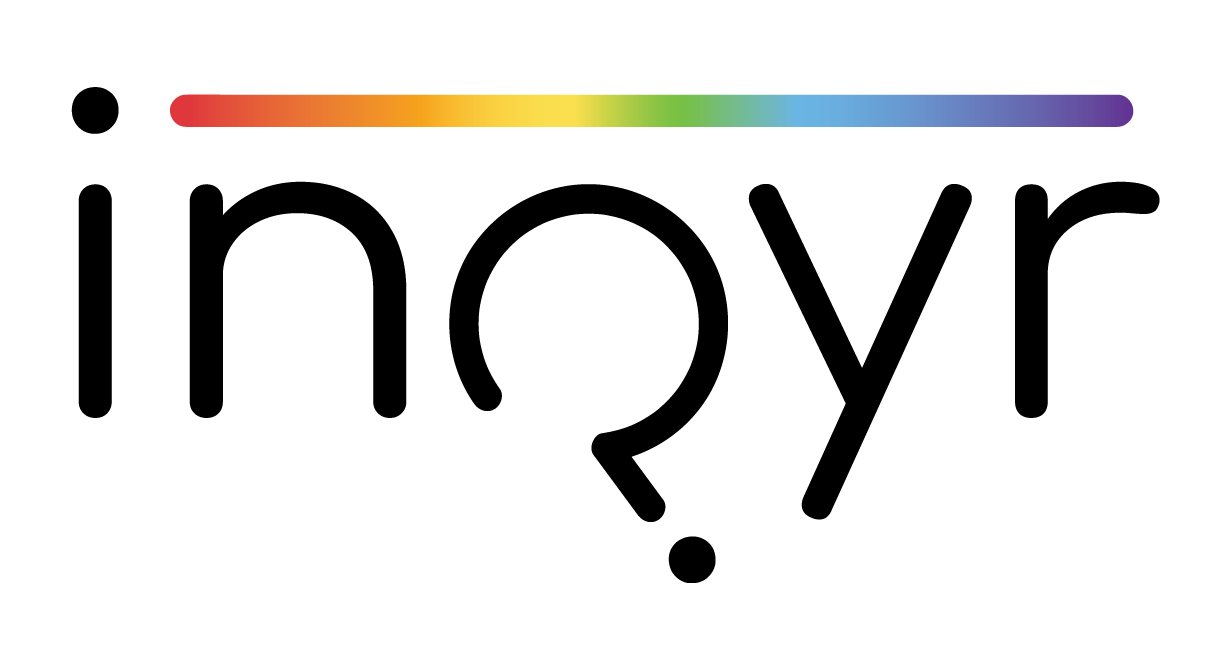LGBTQ+ youths’ engagement and resource-seeking in online v. offline communities
McInroy, L. B., McCloskey, R. J., Craig, S. L., & Eaton, A. D. (2019). LGBTQ+ youths’ engagement and resource-seeking in online v. offline communities. Journal of Technology in Human Services, 37(4), 315–333. https://doi.org/10.1080/15228835.2019.1617823
Highlights
Background
LGBTQ+ (lesbian, gay, bisexual, transgender, queer, etc.) youth are at increased risk for negative outcomes.
Yet little is known about their engagement with communities and resources that may ameliorate risk, particularly online.
Study Description
Oriented by a uses and gratifications approach, this secondary analysis (n = 4,009) of LGBTQ+ youth (aged 14–29) compares online versus offline experiences
Most items used in these analyses were generated for the Project #Queery study, a mixed-methods online survey of 6,309 LGBTQ+ adolescents and young adults residing in every state and province across the United States and Canada
Key Findings
Respondents were significantly more likely to participate in LGBTQ+ communities online
Youth were also more active, and felt safer and more supported, when participating in online LGBTQ+ communities
Additionally, respondents sought online information, support, and resources at higher rates than offline
Conclusion:
Increased attention toward online programming and resource development is warranted.

